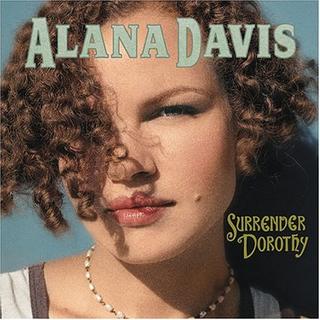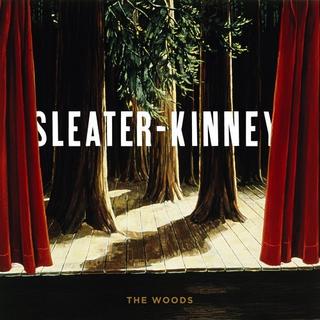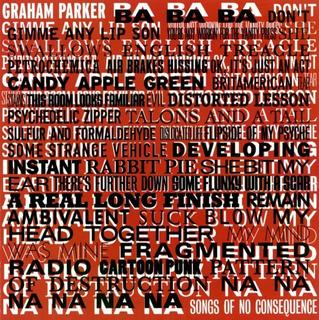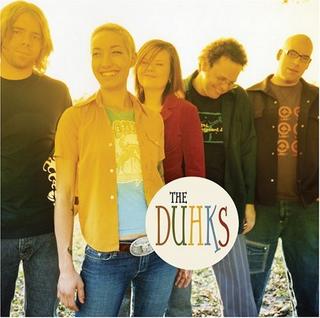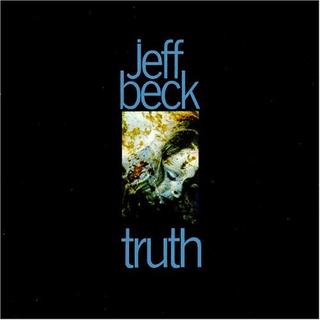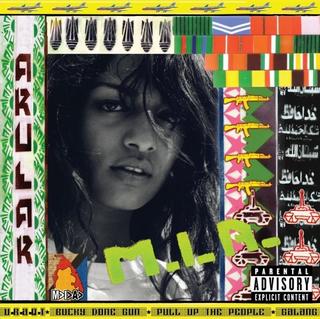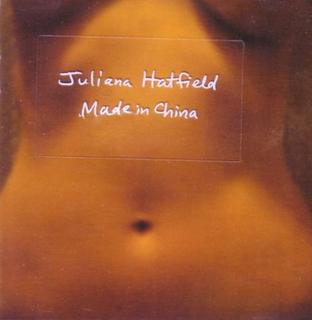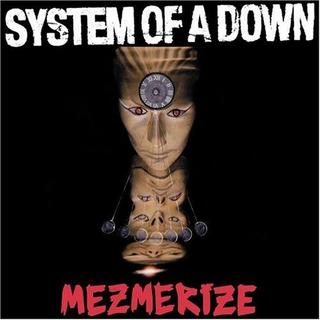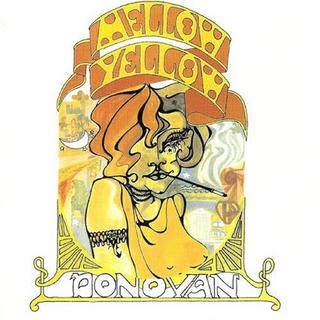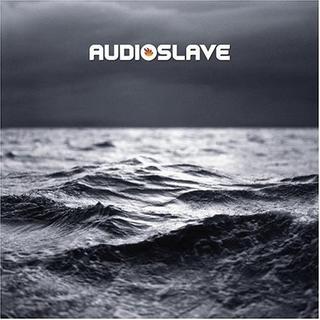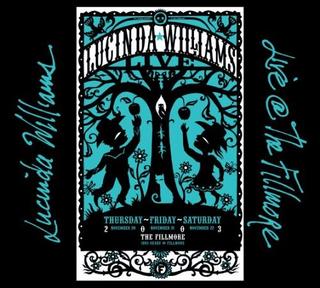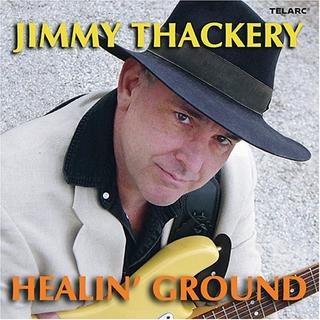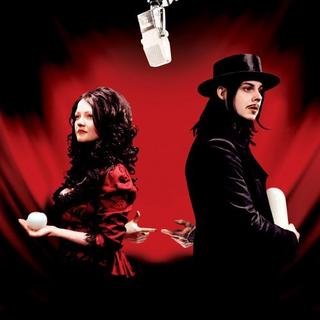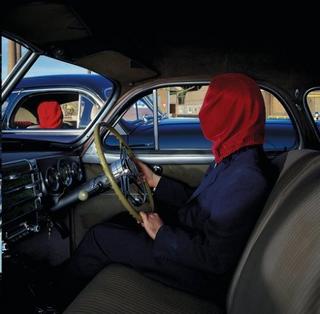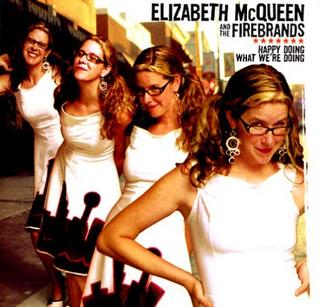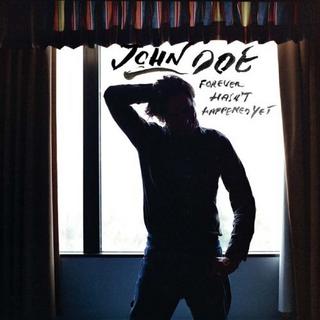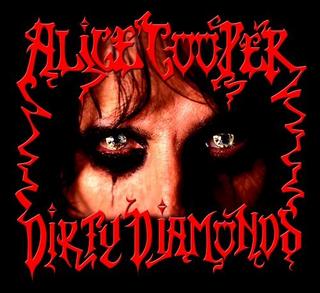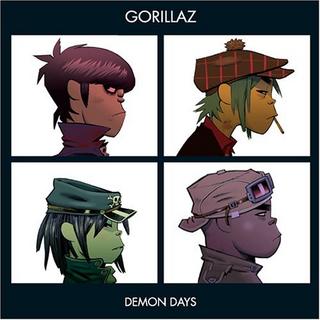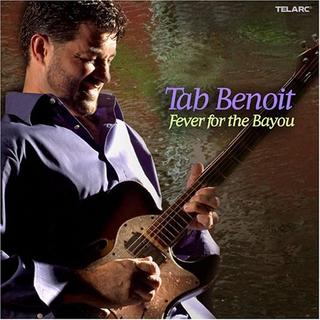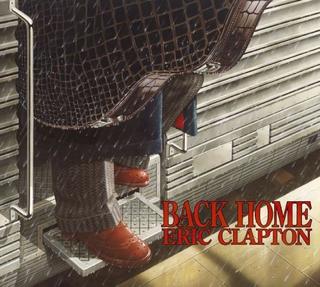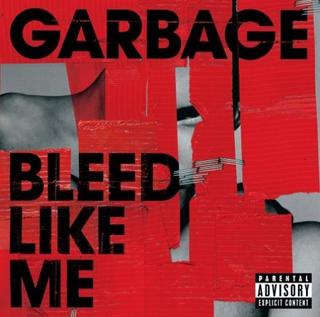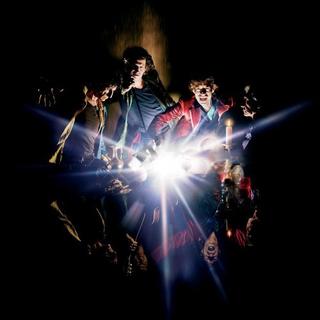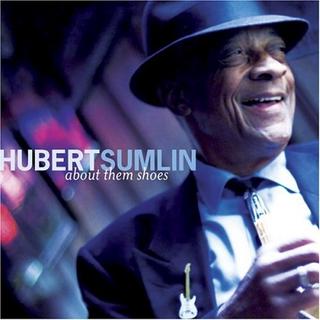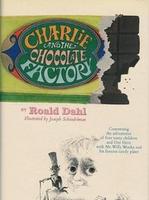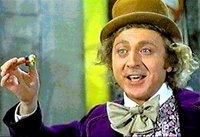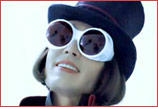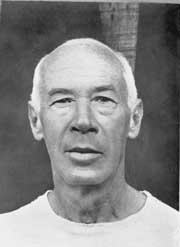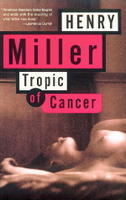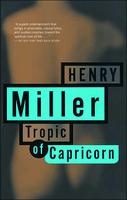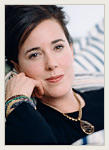
Recently I discovered a trio of books that I absolutely adore. Written by Kate Spade and published by Simon and Schuster in 2004,
Style,
Manners, and
Occasions are delightful reads full of helpful advice, lovely images, quotes from authors, artists, and movies. She has crafted her books in a way not unlike the
Susan Branch books over which I once obsessed. Namely,
Girlfriends, a book shelved in cookbooks at your loc
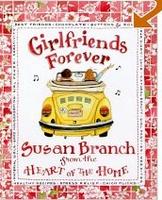
al bookstore, but containing much more than recipes. Branch's books are handwritten and full of quirky details and fun images. Kate Spade offers something similar but in a very classy way. Both of these women make me wish we were friends....I suspect we would be kindred spirits and I am sure I would love hanging out with Kate and Andy Spade. Their books make them seem down-to-earth, funny, clever, and a treat to be around. What follows are some highlights from each of the books.
 Style
Style opens with this quote:
"To achieve style, begin by affecting none."
--William Strunk, Jr., and E.B. White, The Elements of Style
Her contents are divided into three sections.
Style and the World, with subsections that include Books, Movies, Architecture, Pattern Crazy, and Think Pink to name only a few. Section Two is
Style Start to Finish featuring everyday style, the office, travel, accessories, and at play. Finally she focuses on
Maintaining Style with subsections such as forever clothes, organizing your closet, caring for your clothes and jewelry. Actually check out the inside of the book
here and you can read the actual table of contents and see a few sample pages from the book. You'll get the idea.
Her intro features a quote by Diana Vreeland,
"Fashion Changes.... style remains." Then she talks about another famous Kate.... Ms. Hepburn. "When Katharine Hepburn wore trousers it wasn't about rebellion, it was about finding what made her feel most herself. By finding her "center of gravity," she made trousers look chic." I like that. The way Kate Spade explores the style in movies, books, art, and more is what made me love her. She recognizes the style in Wes Anderson, Dr. Seuss, and Keds. She has an entire page dedicated to fonts and typeface. She notes the style evident in the movies.
Bonnie and Clyde,
Out of Africa,
The Royal Tenenbaums. Among a series of terrific examples, she points out the mod looks of Audrey Hepburn in a movie I enjoy,
Two for the Road (1967).
At one point in the text the reader has the opportunity to
learn about hats... the difference between the following different types: Beret, Bonnet, Cloche, Coolie Hat, Fez, Garden Party, Lampshade, Nehru, Picture, Pillbox, Profile, Sailor, Ski Cap, Tam O'Shanter, Toque, Turban, Visor (17 varieties described). She offers the same attention to detail again and again in all three books. It's delightful, really. In the book on style, she also offers the
ABCs of Wardrobe but also tells a bit of history with each offering... From this section the reader can learn the difference between a Balaclava, an Empire waist, Palazzo Pants, and a peplum. You can also discover that a trench coat is worn by Anna Schmidt as Alida Valli in Carol Reed's
The Third Man.

In
Occasions, Kate explores the idea of being a good hostess. Look at the contents of this one
here. In this book you can learn the difference between a brandy snifter and a highball glass, if you didn't already know. She lists movies which have a famous dinner scene:
The Thin Man,
The Lady Eve,
Hannah and her Sisters. She suggests playlists of music for various events that include such artists as Lucinda Williams, David Bowie, Nina Simone, Pink Martini, and The Shins. There are so many more and it's song by song, really. I love it. That's why I was impressed to discover the gift set
of these books
available on their
official website includes a music CD though it looks as if it might be all of one group, I bet it's good.
Then one of my favorite bits is the
Anniversary Gifts list which states the appropriate gift per year and then tells a creative idea for each. I love the cleverness involved. She suggests things like...
5th Wood -- New cedar shoe trees and ballroom dancing lessons....
7th Wool -- A wool stadium blanket (ivory with red, yellow, navy, and green stripes) and tickets to a football game (his) or outdoor theatrical performance (hers) (in our case, Spence, we'd reverse those, right?)....
9th Pottery -- Peruvian pottery coffee mugs, a pound of the best coffee you can get your hands on, and a new coffeemaker....
45th Sapphires -- A Schlumberger gold and blue apillonne enamel cuff bracelet and a night on the town celebrated with Bombay sapphire martinis......
"Let common sense be your guide and graciousness your goal." That is one of the gentle reminders in her third book,
Manners. Check out the table of contents
here. This one is an effort to cover etiquette topics that apply to today -- the overnight guest, cell phone behavior, even the etiquette of bicycling on city streets. Rules for dining, tipping, how to be a good traveler, and a troubleshooting guide are also a few of the topics one might find in this book.
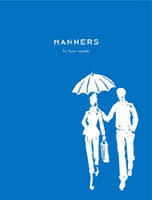 Some things I learned from Ms. Spade:
Some things I learned from Ms. Spade:Food should always be passed to the right or counterclockwise.
For room temperature wines, hold wineglasses or goblets under the bowl. Chilled wines (whites and roses) should be held by the stem of the glass. As for champagne, choose the base of the stem depending on your glassware.
The origin of the phrase "nosey parker", which means a busybody or a snoop, varies. However, the most applicable version refers to the English parkskeepers (parkers) who liked to keep tabs on the amorous dalliances in Hyde Park.
Invitations are usually written in the third person and are best sent two weeks ahead of time.
If you are going to present your hostess with a hostess gift of flowers, always a crowd pleaser, it's best to arrange to have them sent earlier that day.
In this book there is a section on letter writing that includes snippets of letters from all sorts of famous people.One I love was from Mozart to his wife Constanze,
"Catch! An astonishing number of kisses are flying about.
The deuce! I see a whole crowd of them!
Ha! Ha! I have just caught three. They are delicious."
Or this one from John Lennon to the Queen. He was awarded an MBE (Member of the Order of the British Empire), which he initially accepted and later turned down, for political reasons. His telegram read:
YOUR MAJESTY,
I AM RETURNING THIS MBE IN PROTEST AGAINST BRITAIN'S INVOLVEMENT IN THE NIGERIA-BIAFRA SCENE, AGAINST OUR SUPPORT OF AMERICA IN VIETNAM AND AGAINST COLD TURKEY SLIPPING DOWN THE CHARTS.
WITH LOVE,
JOHN LENNONKate praises the art of letter writing and says, "A courtship in letters is priceles, and a letter with wit is an achievement." I wholeheartedly agree. Sometimes time and distance can prove costly in a relationship but those letters, that written record, is a treasure of great worth.
Finally, each of these books have little factoids on the tagline of every other page which relate to the section they are in, however loosely. Here are a few of those juicy nuggets:
- It's good luck to give a man a gardenia.
- Six cities in the US are named Surprise.
- Skirts should be longer than they are wide.
- Kipling painted his golf balls red so that he could spot them in the Vermont snow.
- "Darling Little Water" is the literal translation of Vodka.
- With care, dark chocolate will keep for ten years.
- Robert Louis Stevenson considered wine "bottled poetry."
- There have been 29 brunettes, 25 blondes, and 4 redheads in the James Bond films.
- A content parrot grinds his beak at night.
- Popeye and Olive Oyl were a couple for more than twenty-three years.
I am so glad I stumbled upon these books at the library. I was drawn to the colorful covers and while I'd heard of Kate Spade in the past this opened my eyes to what she and her company have been up to. Check out their groovy
timeline. (Oh, and this
shoe I liked. Yum.) Others have proven similarly impressed as I managed to discover a Kate Spade
Barbie (check out the
others!) and a what looks like a
book inspired by her. While, manners, style, and occasions may not be gripping topics for everyone, I promise that if you were to read anything on any of those topics you would not be disappointed by these three. They are a visual treat and full of great trivial fun. Plus I actually learned a thing or two. Enjoy.
-- Kate
